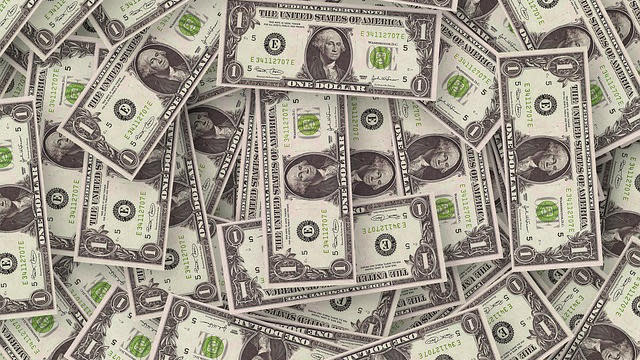How Strong Can the Canadian Dollar Get Against U.S. Currency?

It’s very tough to predict currency movements over the medium to long term. Today, the Canadian dollar is trading very strongly against its U.S. counterpart, but this could be very different in the next six months.
But if a currency finds its strength due to some favourable trends that are going to persist, then investors should start thinking about how to benefit from this currency play.
Let’s have a look what’s driving the Canadian dollar higher against its U.S. counterpart and whether or not this trend is going to stay. I think two major factors are fueling gains in the Canadian dollar, which surged to $0.81074 against the U.S. dollar at the time of writing — its highest level in about three months.
First, the Canadian central bank has a bias to raise interest rates, even after three rate hikes since last summer. The strengthening Canadian economy, which is helping the Bank of Canada (BoC) to tighten its monetary policy, means that the rate difference between the U.S. and Canada will be smaller if the BoC continues with its hawkish stance. Remember, the U.S. Federal Reserve started hiking rates much earlier than Canada.
Second, the U.S. protectionist trade stance has started to affect the global currency markets, where investors are betting that U.S. officials will favour a weak domestic currency to help boost its exports.
The first indication of this policy came from the U.S. Treasury secretary Steven Mnuchin, who said the weaker dollar was positive for U.S. trade. The U.S. dollar fell to a three-year low against a basket of major currencies on January 24 after the comments.
Where is the Canadian dollar headed?
Despite these positive catalysts, I think there are still some headwinds in the way of loonie before we could confidently say that this upward trend is going to stay. The first test for the currency to stay above $0.80 to the U.S. dollar and even touch the $0.85 barrier is how the negotiations on NAFTA deal conclude.
If President Trump decides to end this trade deal, then we’re going to see a big pullback in the value of Canadian dollar, as this move has grave implications for our trade with the U.S., which consumes about two-thirds of our exports.
This was the main threat which could stop the BoC from delivering more rate hikes that it cited in its recent statement about its monetary stance.
On the concerns, some currency forecasters are predicting that the Canadian dollar may be trading ~$0.72 to the U.S. by the end of 2018. But the problem is that forecasters have rarely been correct.
Investor takeaway
The rising loonie presents some buying opportunities for equity investors. Retailers and airline stocks, such as Dollarama Inc. (TSX:DOL) and Air Canada (TSX:AC)(TSX:AC.B), are likely to benefit from a strong currency, as their imports become cheaper, and as Canadian travelers find their overseas trips more affordable.
But there is no guarantee that this bullish case for the Canadian dollar will materialize. This rally can quickly unravel if Trump scraps the NAFTA deal and the BoC moves to the sidelines.
More reading
The surprising new technology that could create the world’s very first TRILLIONAIRE
2 Undervalued Canadian Dividend Stocks to Buy for Your TFSA Freedom Fund in 2018
Fool contributor Haris Anwar has no position in the companies mentioned.

 Yahoo Finance
Yahoo Finance 